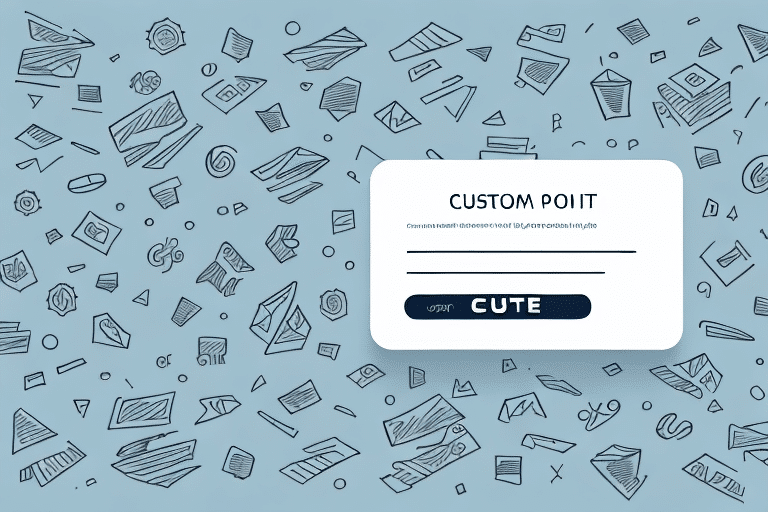Importance of Customer Retention Training
Customer retention training is a pivotal element in steering a business toward sustained success. It equips employees with the skills to deliver exceptional customer service, effectively address customer needs and expectations, and develop robust retention programs. By focusing on retaining customers, businesses can lower churn rates, boost revenue, and cultivate a loyal client base that underpins long-term prosperity.
Moreover, retention training can significantly reduce costs. Studies have shown that acquiring a new customer can cost up to five times more than retaining an existing one (Harvard Business Review). By investing in retention strategies, companies can minimize marketing expenses and concentrate on fostering strong relationships with their current customers.
Impact on Revenue and Cost Efficiency
Retaining customers is not only more cost-effective but also a powerful driver of revenue growth. According to a report by Bain & Company, increasing customer retention rates by 5% can increase profits by 25% to 95% (Bain & Company). Effective training ensures that every customer interaction is optimized to enhance lifetime value.
Personalized Customer Experiences
One effective strategy is offering personalized experiences. By leveraging customer data, businesses can tailor their products and services to individual preferences, fostering deeper connections and enhancing loyalty. Personalized marketing campaigns and exclusive rewards for loyal customers can further incentivize repeat business.
Building and Sustaining Customer Loyalty
Loyal customers are the backbone of any successful business. They are more likely to make repeat purchases, refer others, and provide positive reviews. Customer retention training helps employees understand the nuances of building loyalty through exceptional service and meaningful engagement.
Identifying and Addressing Customer Pain Points
Training enables employees to identify common customer pain points and proactively address them. Enhancing product quality, streamlining service processes, and offering personalized solutions can significantly improve the overall customer experience.
Effective Communication Skills
Developing strong communication skills, including active listening and empathy, allows employees to better understand and meet customer needs. Clear and concise communication fosters trust and strengthens the customer-business relationship.
Enhancing Customer Service Excellence
Outstanding customer service is the cornerstone of any successful retention program. By training employees to deliver exceptional service, businesses can ensure that customers feel valued and satisfied with every interaction.
Identifying Areas for Improvement
Excellent customer service enables businesses to gather valuable feedback, identify areas for improvement, and implement changes that enhance the customer experience. This continuous improvement loop is essential for maintaining high customer satisfaction levels.
Employee Empowerment and Engagement
When employees are empowered to provide outstanding service, their job satisfaction and engagement increase. This leads to lower turnover rates and a more motivated workforce, which positively impacts overall business performance.
Effective Customer Retention Strategies
Implementing a variety of customer retention strategies ensures that businesses can meet diverse customer needs and preferences. Training employees on these strategies is crucial for their successful execution.
Loyalty Programs
Loyalty programs reward customers for their continued business, encouraging repeat purchases and long-term engagement. Examples include point-based systems, exclusive discounts, and membership benefits.
Proactive Customer Service
Proactive customer service involves anticipating customer needs and addressing potential issues before they escalate. This approach enhances the customer experience and prevents dissatisfaction.
Engagement Through Social Media
Utilizing social media platforms to engage with customers builds a strong online presence and fosters a community of loyal followers. Regularly posting relevant content and interacting with customers online can increase brand affinity and retention.
Measuring Success and ROI of Retention Efforts
Assessing the effectiveness of customer retention efforts is essential for continuous improvement and demonstrating the value of retention training.
Key Performance Indicators (KPIs)
Tracking KPIs such as customer lifetime value, churn rates, and repeat purchase rates provides insights into the success of retention strategies. These metrics help identify strengths and areas needing improvement.
Analyzing Customer Feedback
Collecting and analyzing customer feedback through surveys and reviews allows businesses to gauge customer satisfaction and identify actionable insights for enhancing the retention program.
Return on Investment (ROI)
Evaluating the ROI of customer retention programs involves comparing the costs of training and retention initiatives against the financial benefits gained from increased customer loyalty and reduced acquisition costs.
Best Practices for Customer Retention Training
Implementing best practices in customer retention training ensures that programs are effective and yield measurable results.
Ongoing Education and Development
Continuous training and development keep employees updated on the latest retention strategies and industry trends, enabling them to apply best practices in their interactions with customers.
Interactive Training Methods
Using interactive training methods, such as role-playing and scenario-based exercises, enhances employee engagement and helps them apply theoretical knowledge in real-world situations.
Providing Feedback and Support
Regular feedback and support empower employees to refine their skills and address any challenges they encounter, fostering a culture of continuous improvement.
The Future of Customer Retention Training in the Digital Age
The digital revolution has transformed customer interactions and expectations. As such, customer retention training must evolve to incorporate new technologies and strategies.
Leveraging Emerging Technologies
Incorporating technologies like artificial intelligence and machine learning can enhance customer insights and enable more personalized retention strategies. Training employees to utilize these tools effectively is crucial for staying competitive.
Adapting to Changing Customer Behaviors
As customer behaviors and preferences evolve, retention strategies must be agile and responsive. Continuous training ensures that employees are equipped to adapt to these changes and maintain high levels of customer satisfaction.
Conclusion
Customer retention training is a game-changer for businesses aiming to reduce costs, increase revenue, and build a loyal customer base. By equipping employees with effective retention strategies and exceptional customer service skills, businesses can transform every customer interaction into an opportunity for lasting relationship building. Implementing the strategies and best practices outlined in this guide will help develop a robust customer retention program that delivers measurable results and drives long-term success.




















